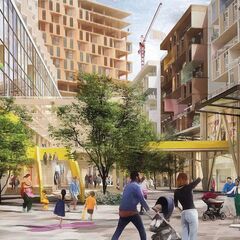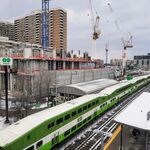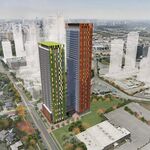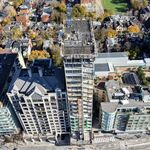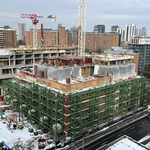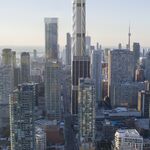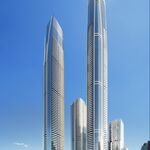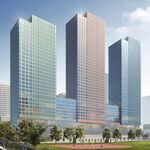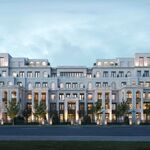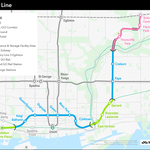Waterfront Toronto is inviting Torontonians to participate in an online engagement exercise for Sidewalk Labs' 12-acre Quayside proposal, part of its ongoing public consultation efforts ahead of a critical June vote. The online survey, which will remain open until April 9, first encourages participants to familiarize themselves with the proposal via a series of key project documents. It then includes a brief survey, which partially asks for users' opinions on Waterfront Toronto's response to the proposal so far.
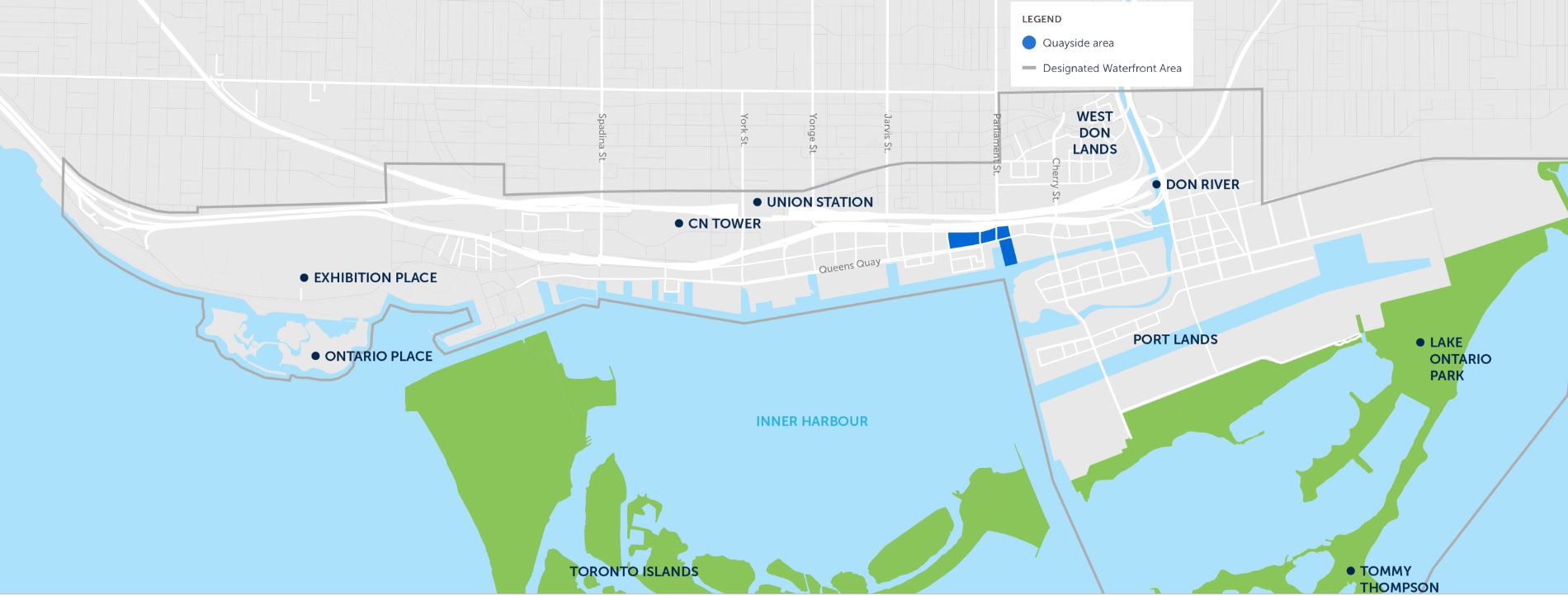 Map of Quayside, image via Waterfront Toronto
Map of Quayside, image via Waterfront Toronto
In June, 2019, Sidewalk Labs submitted its Draft Master Innovation and Development Plan (MIDP) to Waterfront Toronto for review. Feedback from the public and the Waterfront Toronto Board identified multiple outstanding "threshold issues" to be resolved between the parties before the evaluation of the MIDP. They included:
- Focusing on the 12-acre project boundary, not the 190-acre IDEA District Sidewalk had also proposed;
- Agreement to use existing democratically accountable legislative and regulatory bodies;
- Agreement to adhere to all current and future Canadian privacy and data protection laws, regulations, and Waterfront Toronto's Digital Principles; and
- Agreement that Sidewalk Labs would pay fair market value for the lands (estimated at approximately $590 million).
After a round of online and in-person consultations, Waterfront Toronto announced on October 31, 2019 that they had settled the threshold issues with Sidewalk Labs and determined distinct roles for the parties going forward. Waterfront Toronto will be responsible for data governance, privacy, design, funding, and delivery of all public realm and public infrastructure. Sidewalk Labs will be responsible for the design, funding, and delivery of advanced infrastructure systems and buildings.
In the months since, Waterfront Toronto has completed a technical evaluation of 160 ideas—or "proposed solutions"—submitted by Sidewalk Labs. The discussion guide, which is included in the key project documents survey respondents are asked to read, provides the results of this technical evaluation. Combined with feedback collected from the public, the guide will go on to inform the Waterfront Toronto Board's June 25th decision on whether to move forward with the proposal.
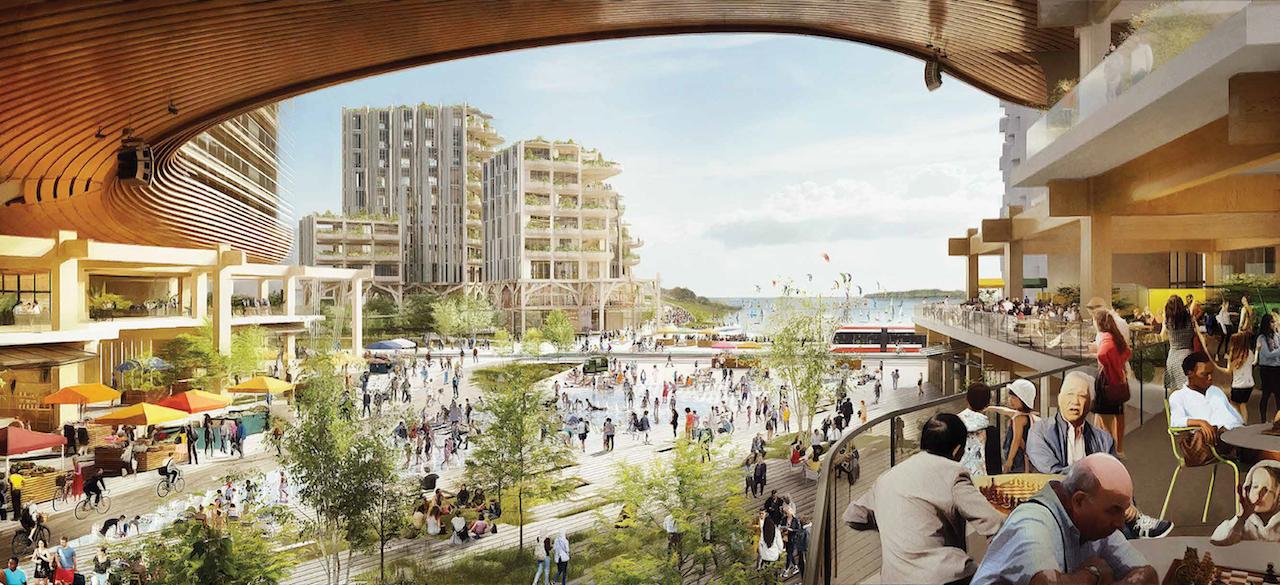 Quayside, image via Sidewalk Labs
Quayside, image via Sidewalk Labs
The master list of 160 solutions were identified by Waterfront Toronto from the MIDP. Waterfront Toronto's methodical approach to evaluating the solutions included:
- Analyzing the effectiveness of each solution in addressing pressing urban challenges;
- Addressing the issues, risks, and complexities related to solution implementation and viability;
- Identifying the trade-offs for public sector financial commitments, policy exemptions, regulatory reform; and
- Considering feedback from the Waterfront Toronto advisory panels (Design Review Panel, Digital Strategy Advisory Panel) and the public.
The Evaluation Committee concluded that "there is potential in Sidewalk Labs' proposals for Quayside to be the beginning of a bold future on the waterfront," and that "focus should also be placed on the cost of losing the opportunity this project presents as well as on the risk of proceeding."
The technical evaluation found support for 144 of the 160 solutions proposed by Sidewalk Labs. Waterfront Toronto categorized each of the solutions according to their level of support:
- Support, include: Waterfront Toronto supports the inclusion of the solution and all onus for funding and delivery rests with the private sector (92 solutions)
- Support, Policy/Regulatory Reform: Waterfront Toronto to advocate for policy changes and regulatory reform to support the solution (17 solutions)
- Support, Government Funding: Waterfront Toronto to advocate for additional funding from governments to support the solution (24 solutions)
- Support, Waterfront Toronto Investment: A one-time investment by Waterfront Toronto to support the solution (11 solutions)
- Non-support: Waterfront Toronto does not want the solution included in the project, and therefore new solutions must be explored (16 solutions).
The 160 solutions are also broken down by subject area: Sustainability, Resiliency and Climate Positive; Complete Communities; New Mobility; and Economic Development and Prosperity.
Under the Sustainability umbrella, Waterfront Toronto supports 49 of the 56 solutions proposed by Sidewalk Labs, citing their potential to dramatically reduce greenhouse gas emissions at Quayside, set a new precedent for low-carbon urban development, and put affordable climate-positive development within reach. The accepted solutions include proposals for Passive House-inspired buildings with high-performance building envelopes, battery energy storage and rooftop solar panels, pneumatic waste collection, and e-bike parking and charging infrastructure.
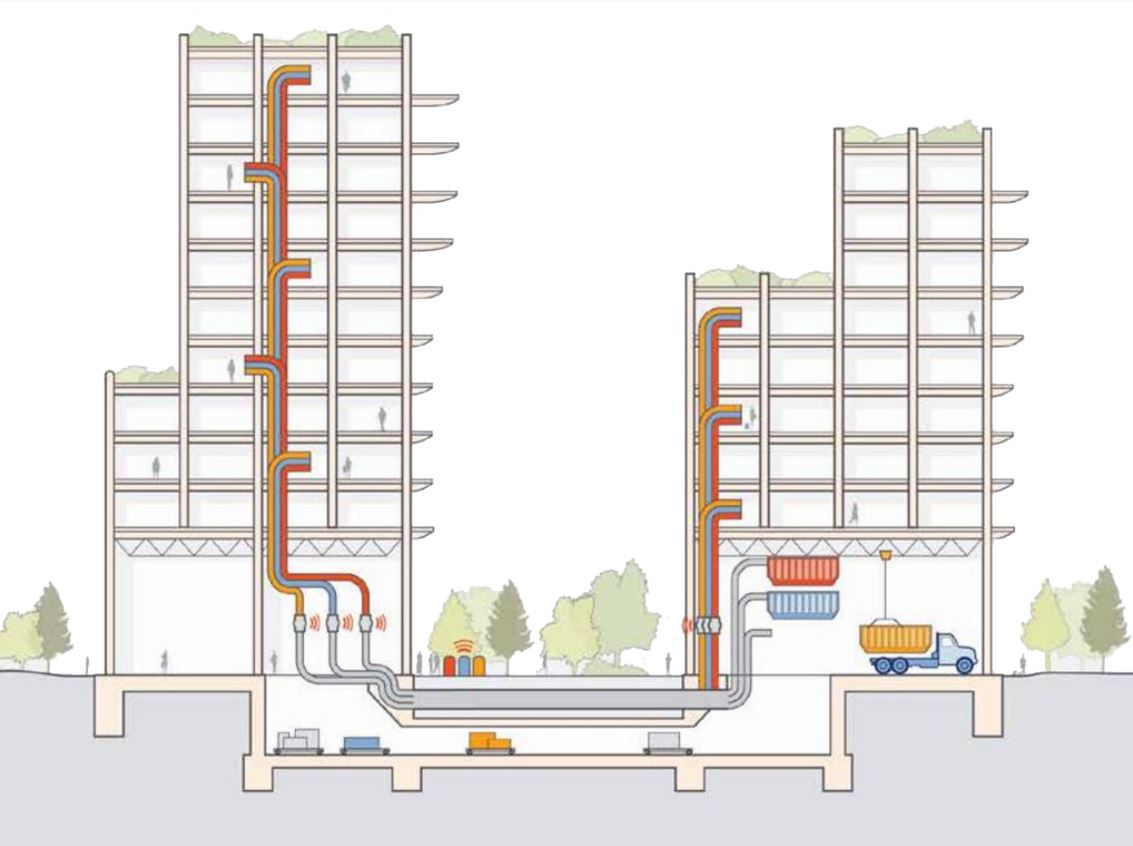 Diagram of proposed pneumatic waste collection systems, image via Sidewalk Labs
Diagram of proposed pneumatic waste collection systems, image via Sidewalk Labs
Proposals for seven solutions that received no support from Waterfront Toronto included a sewage waste heat recovery system through a connection to Ashbridges Bay Wastewater Treatment Facility, recurring payments by Waterfront Toronto to subsidize operations of advanced infrastructure systems, and efficient unit designs exploring sizes, types and layouts to optimize living spaces.
In the Complete Communities category, 61 of the 69 solutions proposed were supported by Waterfront Toronto for providing greater access to social services and high-quality community infrastructure. Sidewalk Labs proposes that 40 percent of units be family-sized units of two-plus bedrooms. They also propose measures to enhance the public realm, including optimized wireless infrastructure, modular hex pavement that helps remove snow and keep it clear year-round, and stoa—flexible and covered ground-floor spaces—to support retail and social infrastructure.
Among the ideas that did not receive support from Waterfront Toronto were a "lantern forest"—tall and narrow structures that create shelter from the wind when grouped together—and five-percent shared equity housing, a hybrid rental and ownership model that permits households to buy a portion of a unit and pay rent on the rest.
 Sidewalk's "building raincoats" proposal did not receive support from Waterfront Toronto, image via Sidewalk Labs
Sidewalk's "building raincoats" proposal did not receive support from Waterfront Toronto, image via Sidewalk Labs
Only one of the 32 solutions put forth by Sidewalk Labs related to New Mobility—the provision of "building raincoats" to provide street-level protection from inclement weather—was not backed by Waterfront Toronto. The two organizations did find mutual ground on the remaining ideas, including tax increment financing, off-site storage through an underground robotic retrieval system, and a borrowing library for tools and sports equipment. Pending government funding, Waterfront Toronto also supports the provision of heated pavement for bicycle routes, underground delivery tunnels, and adaptive traffic signals to lengthen pedestrian walk times as needed.
Finally, in the Economic Development and Prosperity section, Waterfront Toronto threw their support behind each of the 25 solutions volunteered by Sidewalk Labs, pointing to their "potential to generate economic benefits at a scale greater than traditional real estate development projects." Waterfront Toronto also says the proposed solutions position Toronto and Canada to be world leaders in an exploding urban innovation industry.
Among the proposals are direct investments, like the creation of a venture capital fund that Sidewalk Labs intends to invest $10 million into. The investment would be matched by an equal commitment from Canadian investors, and the money would support the early stage urban innovation ecosystem.
Sidewalk also proposes additional direct investments in the form of a demand-driven program to support employers and prepare workers, with a focus on historically disadvantaged groups, for the innovative 21st century economy.
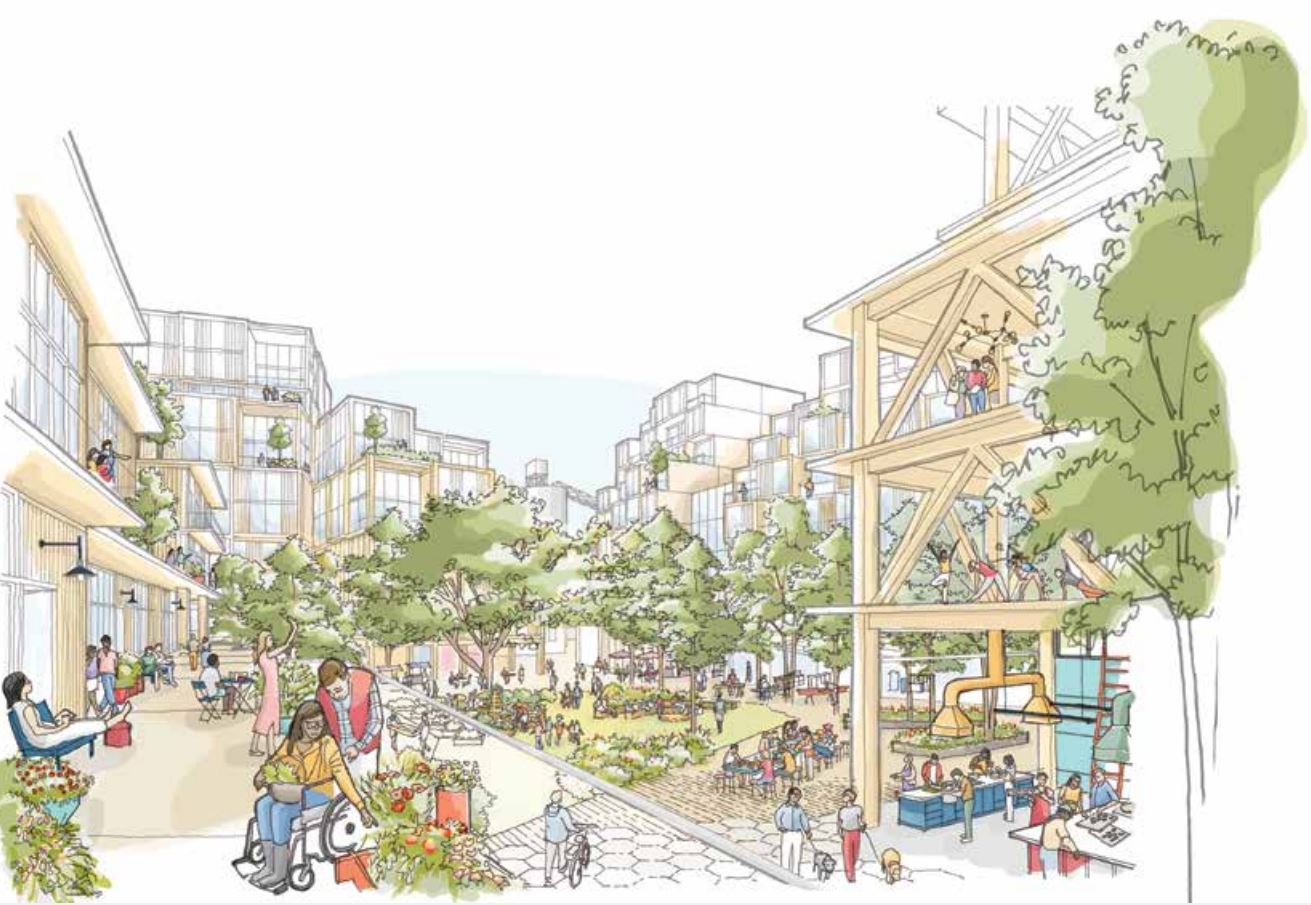 Quayside, image via Sidewalk Labs
Quayside, image via Sidewalk Labs
Other solutions identified by Waterfront Toronto under the Economic Development and Prosperity category include open source publication of code used to access public data, a data collaboration hub to enable responsible data sharing, and mass timber buildings up to 30 storeys high.
Understanding the proposed solutions, respondents are asked several questions about the project:
- Do you think the innovations raise the bar on meeting the urban challenges?
- Do you think that Waterfront Toronto has identified sufficient controls to manage risks?
- Do you think that Waterfront Toronto has appropriately prioritized solutions for public investment?
- Are there some innovations you would like to see prioritized over others?
- What would you like to see in terms of commitments from Sidewalk Labs to this project?
The feedback collected will be assessed by Waterfront Toronto before the Board makes their decision in June. The survey, open until April 9, can be accessed here: https://quaysidetosurvey.com/
* * *
UrbanToronto has a new way you can track projects through the planning process on a daily basis. Sign up for a free trial of our New Development Insider here.

 6.5K
6.5K 



